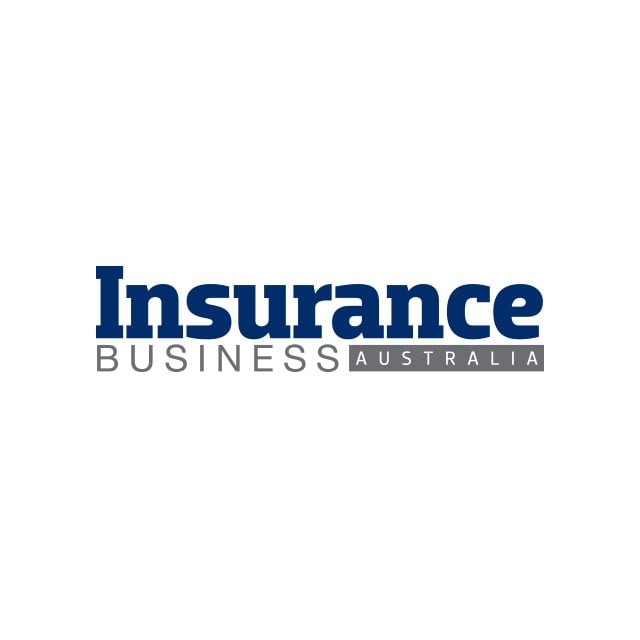Improving Operational Efficiency Through Process Analysis and Enhancement
Insurance organizations are always looking for ways to operate more efficiently. Often, those efforts focus on finding new solutions or new ways to accomplish existing tasks, or on leveraging technology to re-imagine established business processes. While each of those approaches can provide significant value, often the simplest path forward is simply looking at existing processes and approaches with a critical eye and identifying opportunities to remove inefficiencies.
Below, two Xceedance leaders share real-world stories about how their teams were able to help clients analyze established processes and enhance their approaches to achieve significant efficiency improvements.
Head of claims Marc Rothchild shares how the Xceedance team helped a client optimize its approach to liability claims handling and worked towards eliminating leakage.
A leading multi-national P&C carrier saw its claims handling costs increasing, especially those related to litigated claims, and was struggling to maintain the quality of its processes across both personal and commercial lines. The company sought a solution provider who understood the insurance industry and could recommend specific steps to reverse the trends. The carrier turned to the Xceedance claims team to enhance its claims handling strategy and upgrade its technical best practices to mitigate unnecessary costs, improve process efficiency, and bolster process consistency.
The Quality Assurance (QA) and TPA teams from Xceedance took an in-depth look at the carrier’s existing processes and approaches, leveraged the recommended QA platform, and identified specific changes, including:
- Recognition and action planning to address claims handling issues, adopt best practices, and minimize leakage
- Introduction of new processes to the carrier’s claims leadership
- Scheduling of regular reporting sessions to highlight trends and recommend quality improvements
- Definition of Lost Economic Opportunities (LEO) and other claims-related leakage metrics
- Delivery of focused, ongoing audits to address all areas of the claim’s lifespan, including litigation management, settlements, and negotiation
- Development of customized audit parameters
The early results from this engagement are quite positive, and our client has already expanded the scope to include in-person and virtual claims best practice training and workshops as well as additional litigation management, settlement, and negotiation strategic deliverables. We look forward to sharing detailed statistics to illustrate the value of this engagement in the near future.
Naveen Sharma, director of business systems, highlights how Xceedance helped a client evaluate and update their core business systems to enhance efficiency, launch new products faster, and reduce IT costs.
A multi-national P&C carrier faced challenges managing disparate IT systems and platforms across its global office locations. The lack of a unified technology approach created functional inconsistencies across the enterprise and instances where systems resulted in data silos, reporting issues, system inefficiencies, compatibility challenges, plus security concerns and elevated maintenance costs. The carrier needed a partner with both insurance industry and technological expertise to help them assess their current policy and claims administration systems and help them modernize and digitally transform. The organization trusted Xceedance to help identify a new platform/system to address its short and long-term IT needs and ensure alignment with the company’s overall modernization strategy.
The Xceedance business systems team analyzed the carrier’s current IT infrastructure and delivered a solution to tackle its IT and system challenges. This plan included:
- A comprehensive technology assessment of the carrier’s existing policy and claims administration systems
- Identification of key functional and technical gaps across platforms, followed by evaluation and benchmarking against industry standards
- Defining key current business needs and functionalities, plus future requirements to be fulfilled by any new platform
- Alignment of all solutions with the carrier’s enterprise-wide modernization and digitalization strategy
- Evaluation of vendors at the RFI and RFP stages, including analysis of key characteristics, financial stability, product features, customer service resources, and total cost of ownership
- A formal recommendation to advance to implementation
The project was a complete success, with the assessment identifying key requirements of a new platform and recommending the right solution to meet the insurer’s business needs.


